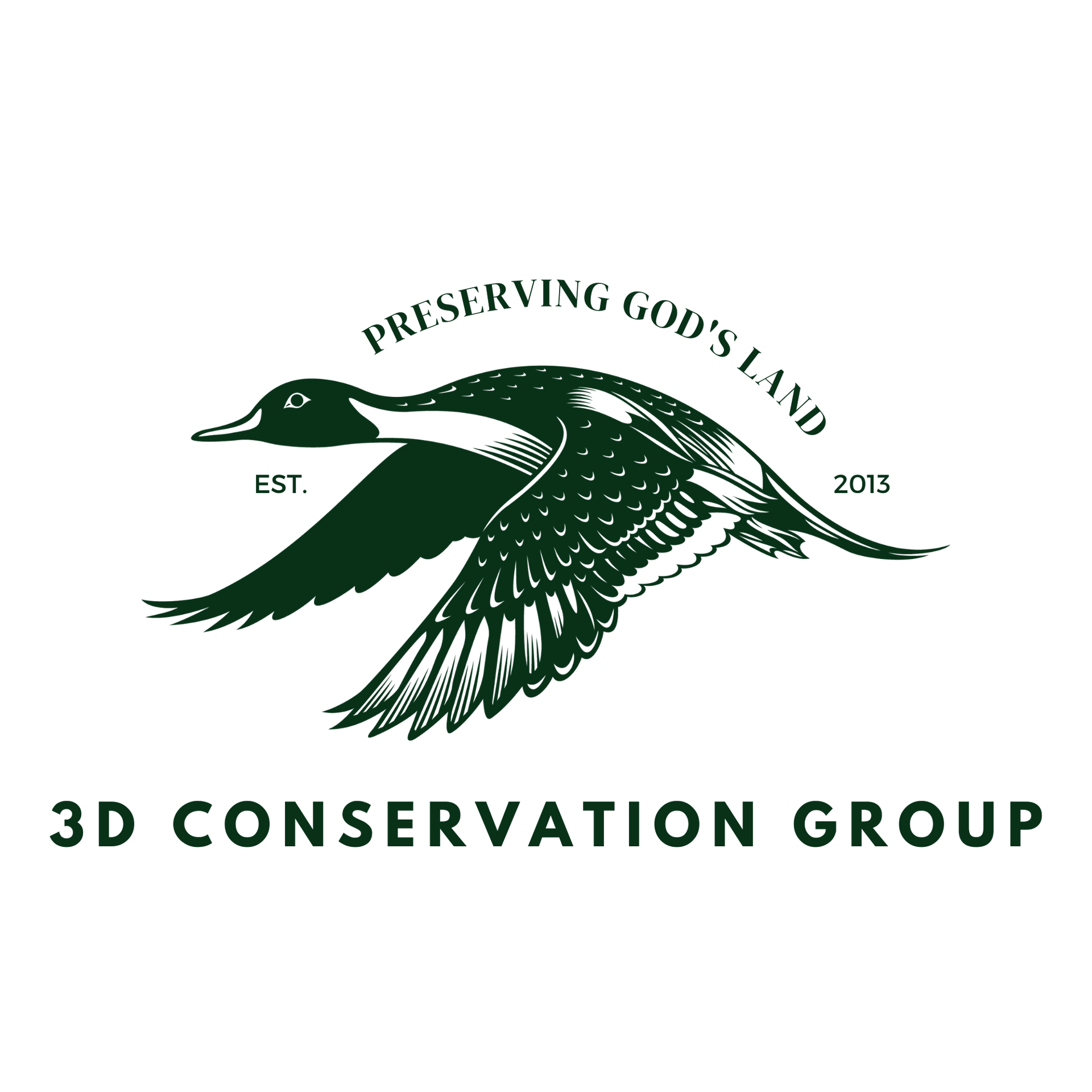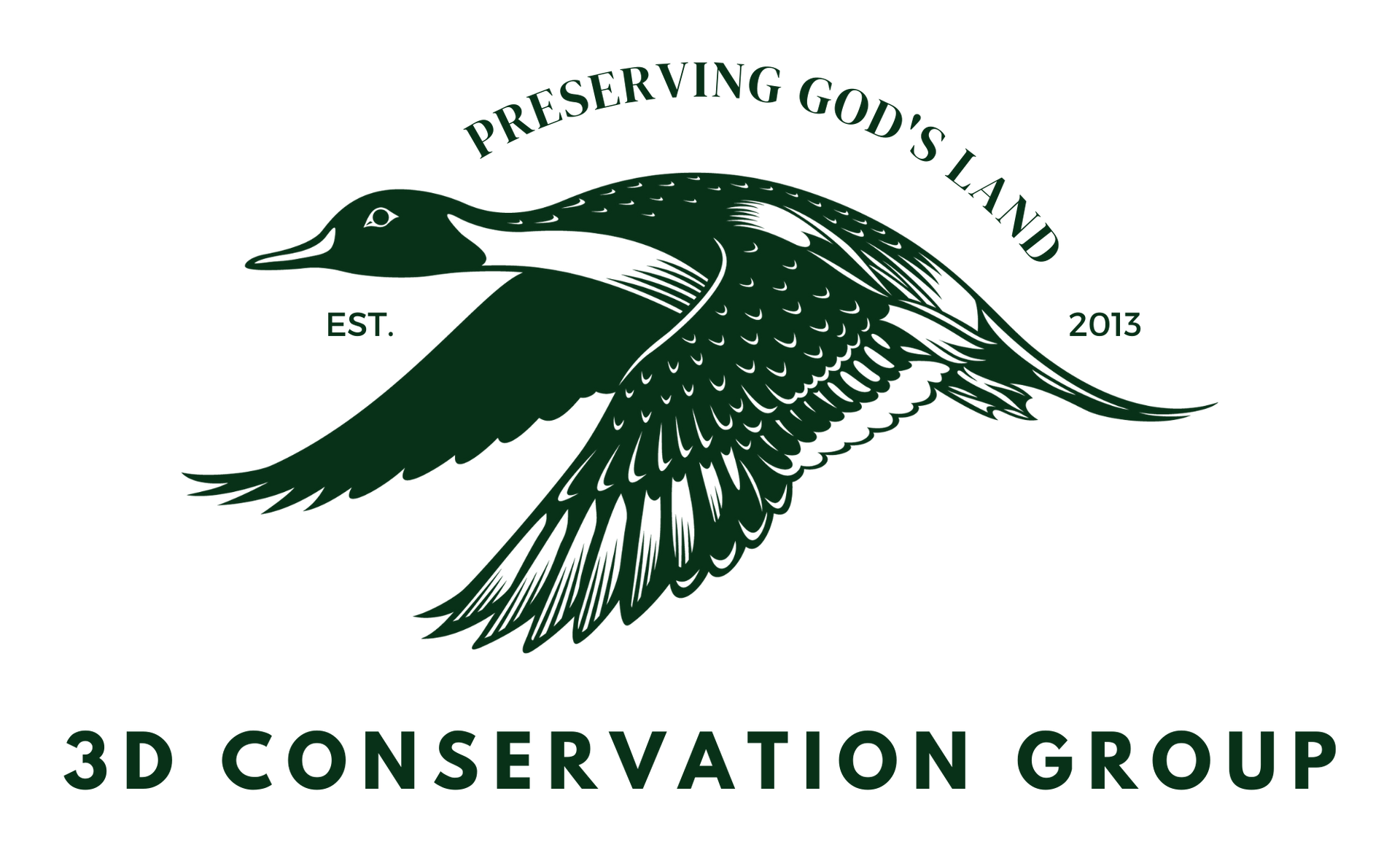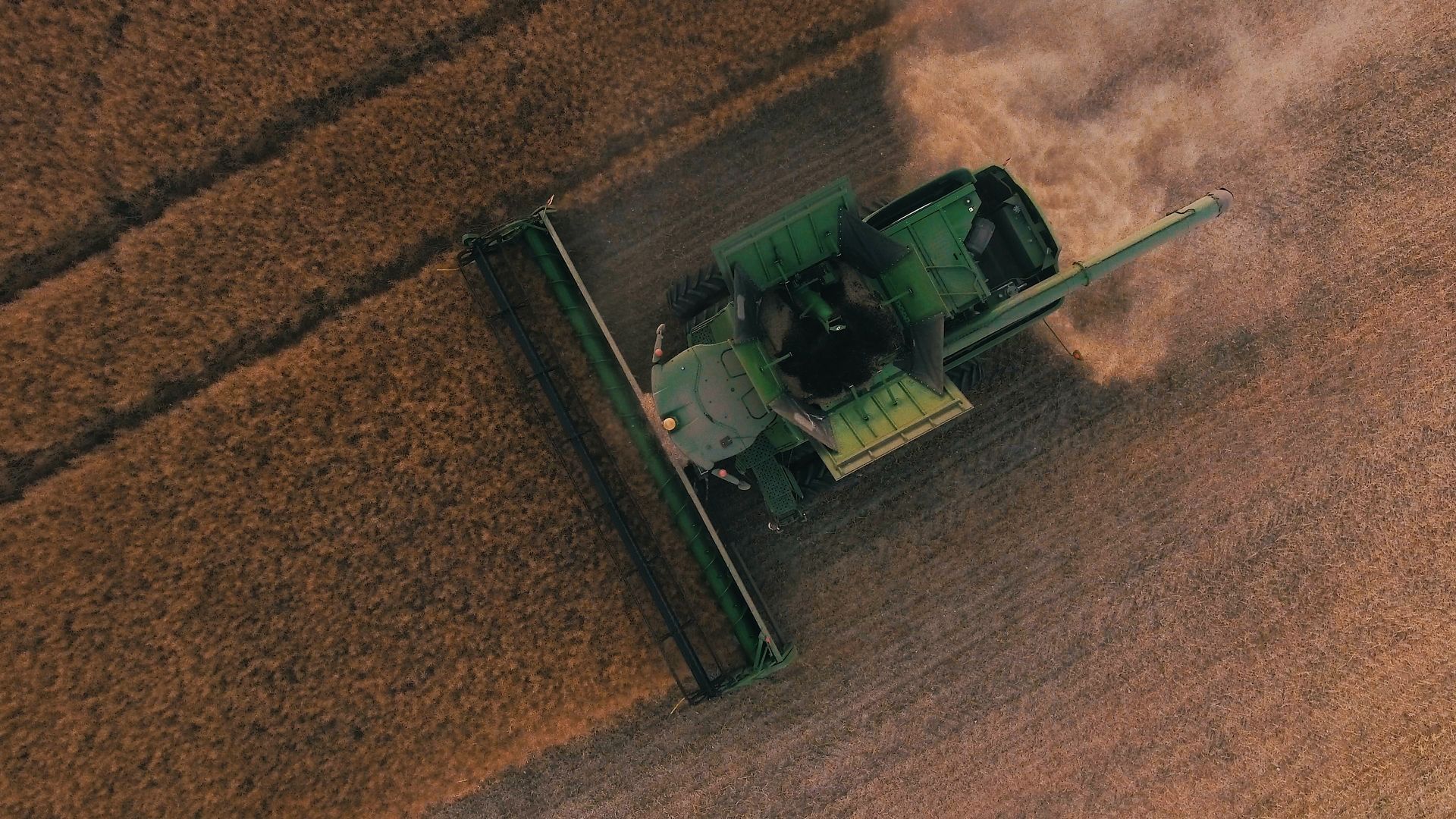How Much is My Land Worth: How to Determine The Market Value of Your Land
How Much Is My Land Worth? How to Determine the Market Value of Your Land

When it comes to landownership, there are two important questions you might be asking yourself right now:
1. What is my land worth today?
2. Is now a good time to sell my land?
Land is quickly becoming an increasingly desirable asset in today’s financial market, which is why you may find yourself asking these questions more and more often. Whether it’s rural, vacant, or undeveloped, land across the nation is steadily increasing in value, giving people greater leverage to sell their unwanted properties for maximum value.
But how do you go about finding the value of your land? In this blog post, we explore how land is appraised, as well as examine four ways you can determine your land value.
Key Takeaways:
- Understanding Land Value: Discover the intricacies that make land value, from supply and demand to economic activity.
- Appraisal Approaches: Delve into the methods used by appraisers, including sales comparison, cost, and income approaches.
- Assessing Land Worth: Explore four avenues to determine your land’s value, from DIY research to professional appraisal.
- Land Appreciation: Learn about the factors that influence land appreciation and the types of land with the most potential.
What is my land worth today? Understanding Land Value
For many, land isn’t just a physical asset – it’s a legacy, an investment, and a piece of the future. Understanding its value is paramount, influencing decisions ranging from sales to development. The value of land isn’t stagnant; it’s a dynamic interplay of supply, demand, and economic forces.
"Buy Land - They're not making any more."
MARK TWAIN
Factors That Elevate Land’s Worth
Land value isn’t just about location; it’s about opportunity. Mark Twain’s timeless wisdom, “Buy land, they’re not making it anymore,” resonates deeply with the current trends for land value. This scarcity fuels demand, driving up values. Economic activities, whether residential, commercial, or agricultural, inject vitality to the land. When homes appreciate, so does the land they stand on. Similarly, commercial properties, fueled by higher rents, enhance land value, illustrating how external factors come into play when affecting land value.
How Land is Appraised: Determining Your Land Value
Appraisers, the architects of land valuation, employ three primary approaches: comparison, cost, and income.
1. Sales Comparison Approach
Comparable sales, or ‘comps,’ are the foundation. Appraisers conduct a thorough analysis of recently sold properties that closely resemble the land under consideration. In this meticulous evaluation, every detail holds significance. Factors such as installed systems, land size, and other specific features are carefully examined and considered in the land appraisal process.
When it comes to land size, it plays an important role in this approach. The price per acre varies significantly based on the size of the land parcel. Smaller acreages tend to have a higher price per acre compared to larger acreages. Let’s delve into a couple of examples to illustrate how this works:
Example 1: Smaller Acreage
Consider a 5-acre parcel of land in a rapidly developing suburban area. This parcel is close to schools, shopping centers, and other amenities. The recent sale of a similar 5-acre plot nearby was priced at $50,000 per acre. Applying the sales comparison approach, the appraiser might assign a similar value to this 5-acre parcel, resulting in a total value of $250,000.
Example 2: Larger Acreage
Now, contrast this with a 50-acre parcel of land situated in the rural area. This land is further away from amenities and major highways. In the same vicinity, a 50-acre plot was sold recently at $20,000 per acre. Using the sales comparison approach, the appraiser might value this 50-acre parcel at $20,000 per acre, resulting in a total value of $1,000,000.
In this examples, although the total acreage is different, the price per acre significantly impacts the overall valuation. Smaller acreages often command a higher price per acre due to their potential for specific uses like residential developments, where every acre is valuable. On the other hand, larger acreages in rural areas might have a lower price per acre due to factors like remoteness and limited immediate utility, even though overall land size is substantial.
Of course, there are exceptions to this approach and each property has a unique set of characteristics that may not fall neatly into this example. But understanding these dynamics is crucial for both buyers and sellers in the real estate market, as the sales comparison approach is quite commonly used.
2. Cost Approach
The Cost Approach is a method used to evaluate the value of improved land. Unlike raw land, improved land includes properties with significant enhancements or structures, such as buildings or advanced infrastructure like irrigation systems. This approach is particularly valuable in assessing properties where the improvements significantly contribute to its overall worth. Here are some examples to illustrate this method:
Example 1: Agricultural Land with Irrigation System
Imagine a 100-acre agricultural property with a sophisticated irrigation system that covers the entire land, ensuring optimal crop cultivation. The cost of installing this irrigation system was $200,000. In the Cost Approach, the appraiser considers the replacement cost of this system. While the land itself might have a market value of $5,000 per acre, the irrigation system substantially enhances the property’s functionality. By factoring in the replacement cost of the irrigation system, the overall appraisal value may increase significantly, reflecting the added value this enhancement brings to the land’s agricultural productivity.
Example 2: Commercial Property with Specialized Facilities
Consider a commercial property with specialized facilities, such as a manufacturing plant with advanced machinery and customized utilities. The cost of constructing these specialized facilities, including the machinery and utilities, amounts to $2 million. The property, without these enhancements, might have a basic land value of $1 million. In the Cost Approach, the appraiser takes into account the replacement cost of these facilities. Due to the specialized nature of the structures, the replacement cost is a crucial factor in determining the property’s overall value. Even though the basic land value is a significant component, the specialized facilities considerably elevate the property’s worth in the real estate market.
In these examples, the Cost Approach helps in evaluating the value of properties where substantial enhancements are present. Whether it’s advanced irrigation systems for agricultural land or specialized facilities for commercial properties, the replacement cost for these enhancements is a fundamental aspect of the Cost Approach. This method provides a comprehensive understanding of the property’s value, considering not only the land itself but also the added worth brought by the improvements, making it a valuable tool in the realm of real estate appraisal.
3. Income Approach
The Income Approach is a method commonly used for income-generating properties like commercial spaces, rental properties, or agricultural lands where revenue is generated. This approach calculates the property’s value by evaluating the income it produces. Let’s explore a couple of examples to illustrate how the Income Approach works:
Example 1: Apartment Complex
Imagine a 20-unit apartment complex with each unit generating a monthly rental income of $1,200. The total annual income from the property would be 20 units×$1,200/month×12 months=$288,000. To apply the Income Approach, the appraiser considers not just the gross income but also subtracts the operating expenses, such as maintenance costs, property management fees, and property taxes. Let's assume the total annual operating expenses amount to $80,000. The Net Operating Income (NOI) would then be $288,000−$80,000=$208,000.
Now, using a capitalization rate (cap rate) of 7% (which is a
common rate for similar properties in the area), the property value can be
calculated as follows:
NOI $208,000 / Capitalization Rate 0.07 = $2,971,428 Property Value
In this case, the Income Approach helps determine the property's
value based on its income-generating potential, considering both the gross
income and the subtracted operating expenses.
Example 2: Agricultural Land with Farming Income
Consider a 50-acre agricultural land used for farming activities. The land generates income through crop cultivation, yielding an annual profit of $50,000. Similar to the previous example, operating expenses, including seeds, fertilizers, equipment maintenance, and labor costs, total $20,000 annually. The Net Operating Income (NOI) for the agricultural land would be $50,000−$20,000=$30,000.
Using a cap rate of 6% (reflecting the agricultural land market in the region), the property value can be calculated as follows:
NOI $30,000/ Capitalization Rate 0.06= $500,000 Property Value
In this example, the Income Approach aids in determining the agricultural land's value by assessing its income-generating capacity, considering the profits generated from farming activities and deducting the relevant operating expenses.
These examples demonstrate how the Income Approach provides valuable insights into the property's worth, especially for income-generating assets. By evaluating the property's income potential and applying an appropriate capitalization rate, appraisers can estimate the property's market value accurately, making the Income Approach a crucial method in real estate valuation for properties generating consistent revenue.
The Difference Between Assessed Value vs. Appraised Value
Assessed value, determined for tax purposes, might not align with real estate sales. It's a reflection of the local authorities' valuation. In contrast, appraised value, derived from a real estate appraiser's expertise, represents an estimate of fair market value—a true reflection of a property's worth.
Empowering Landowners: A Multifaceted Valuation Approach
So far, we have looked at 4 common methods used by appraisers to determine the value of your land. However, these services often come with a professional free to cover an appraiser's time, research, and reporting. There are other ways of determining the value of your land that are worth considering.
1. DIY Exploration: Dive into platforms like Zillow and Realtor.com. Filter to 'Lots/Land' and explore recent sales, comparing size and features in your area. While not exact, it offers insights into your local land market.
2. Expert Guidance: Engage experienced real estate agents, especially those well-versed in vacant land. Their comparative market analysis, bolstered by extensive data, provides nuanced insights into your land's worth.
3. Professional Appraisal: For substantial properties, investing in a professional appraiser's expertise ensures a comprehensive evaluation. They delve into not only recent sales but also potential land use, zoning, and alternative profitable uses.
4. Cash Offer Inquiry: Reach out to land buying companies, such as ours, for a cash offer. While discounted from market value, it's a hassle-free, swift option, especially for those prioritizing convenience. In fact, you might be surprised to learn that a cash offer is sometimes the best offer.
Land Value Appreciation: The Road Ahead
Land, over time, appreciates, driven by its scarcity amid development. While
its appreciation is gradual, certain types, particularly commercial land, hold
significant potential. Commercial zoning limitations enhance value, showcasing
the rewards of strategic investments and rezoning endeavors.
The Ultimate Question: What Is My Land Worth?
Ultimately, your land's value is determined by prospective buyers' willingness to invest. While methodologies abound, market conditions, forever in flux, shape the final figure. Embrace the diverse valuation avenues, each offering unique perspectives, empowering you in your land-related endeavors.

25101 E 71st Street South
Broken Arrow, OK 74014
info@3dconservationgroup.com
Office: (918) 932-2356
Monday-Friday | 9:00am - 5:00pm
GET YOUR FREE, NO OBLIGATION CASH OFFER:
Ready to Sell your land?
We will get back to you as soon as possible.
Oops, there was an error sending your message.
Please try again or contact us at (918) 932-2356.
© 2023 All Rights Reserved | 3D Conservation Group | Privacy Policy
